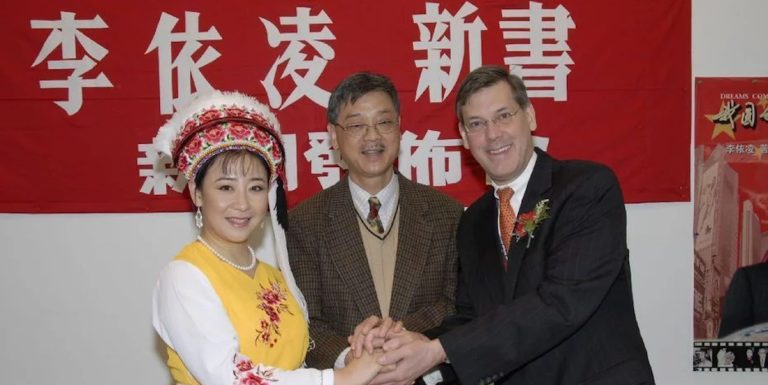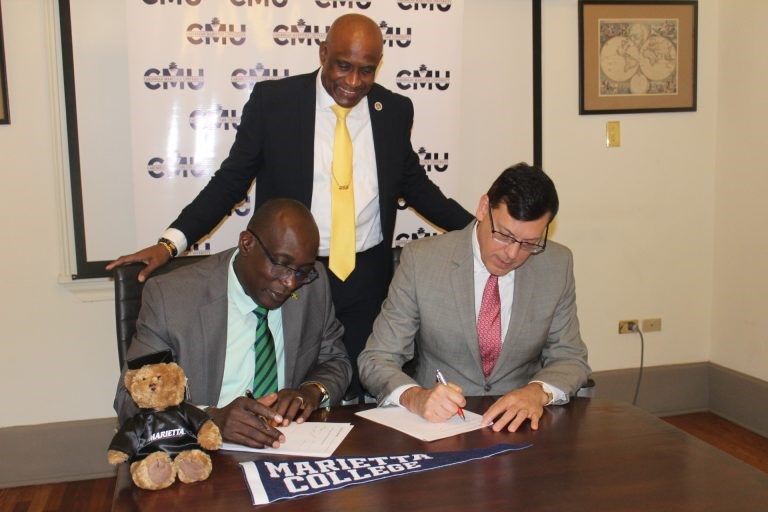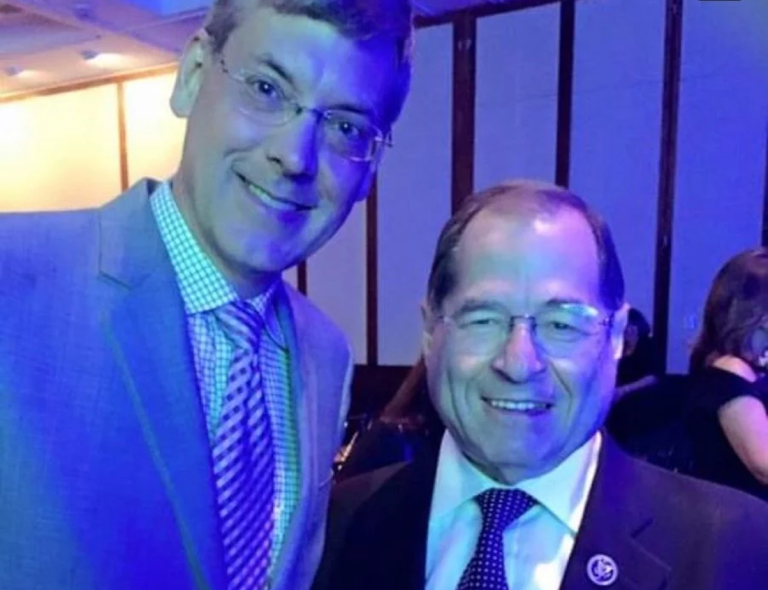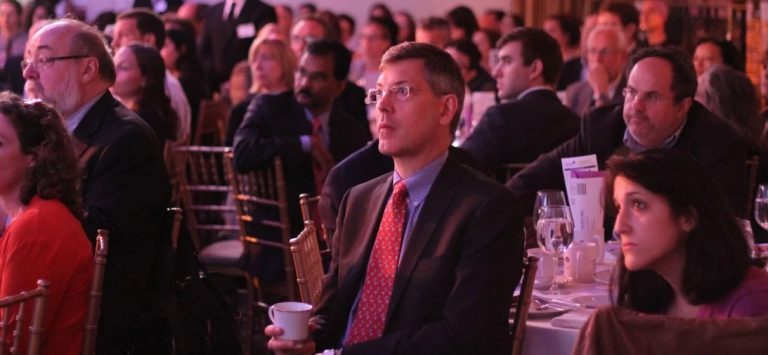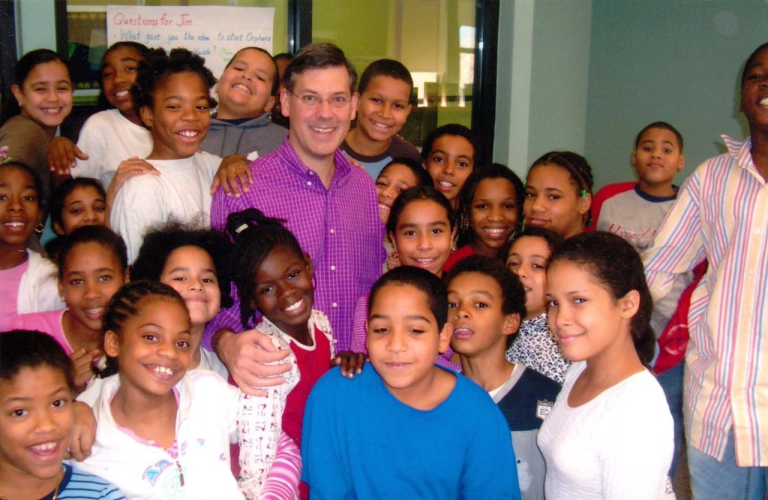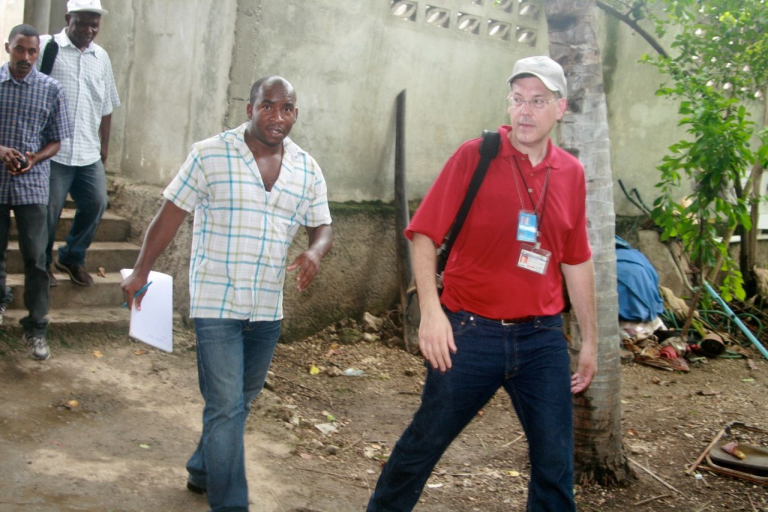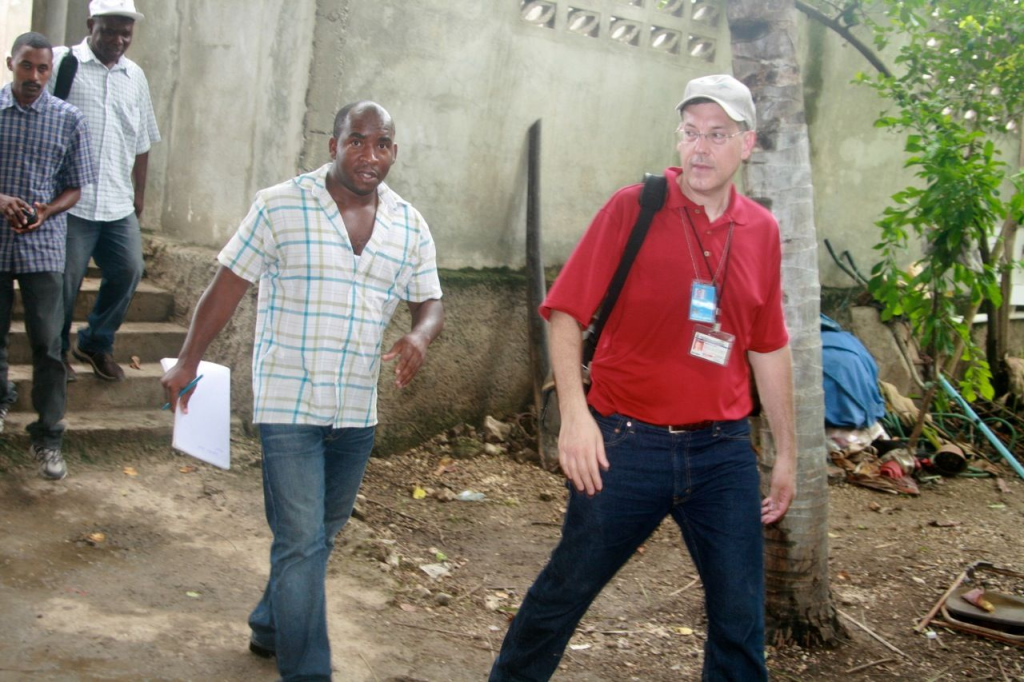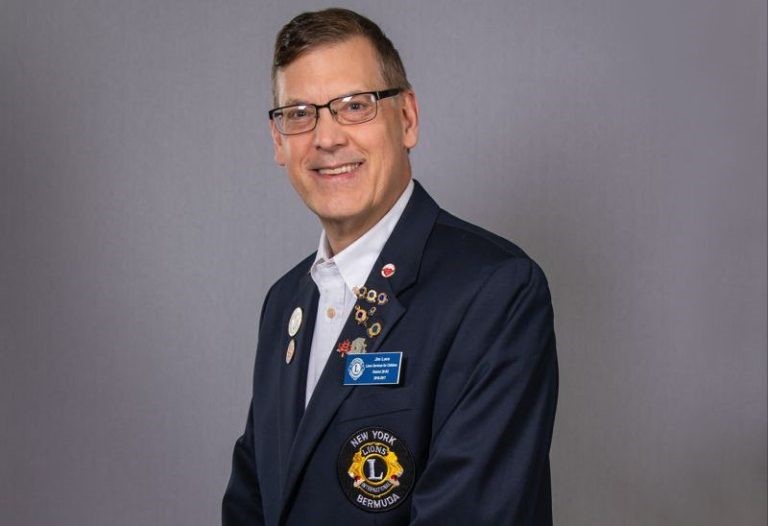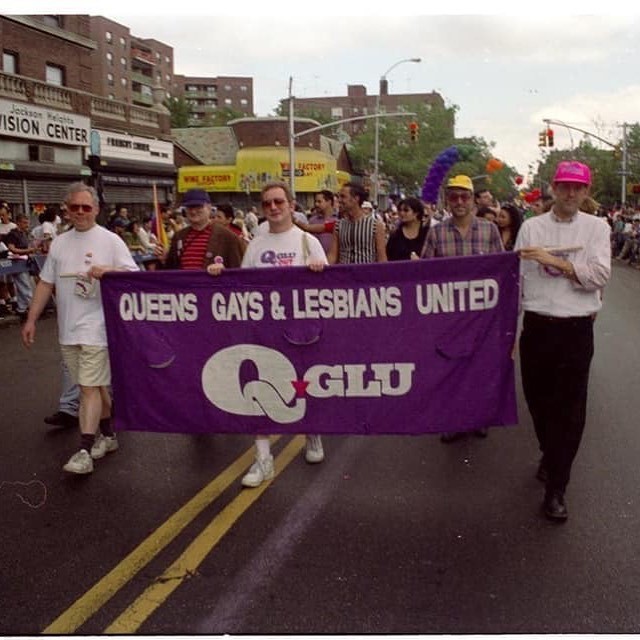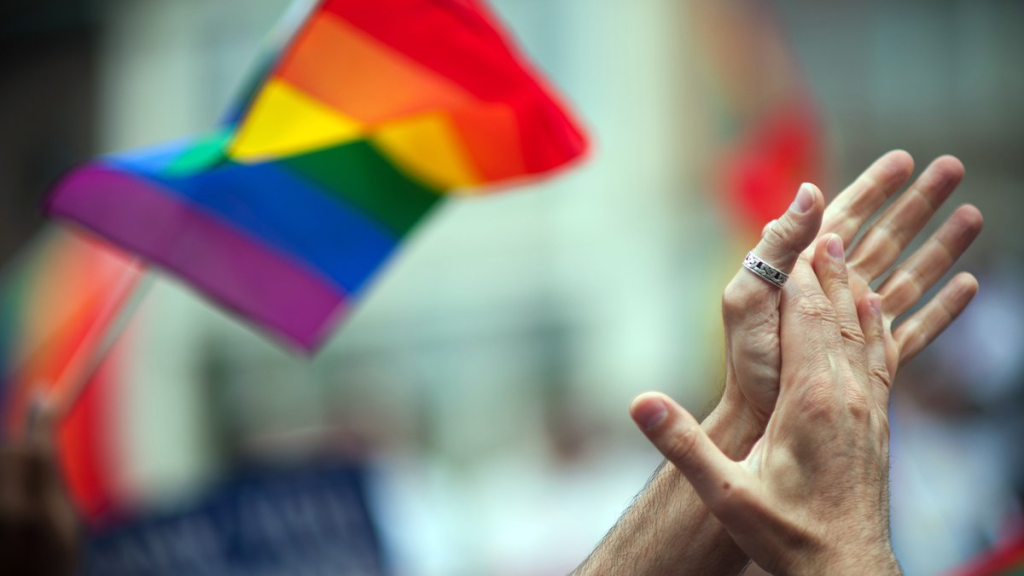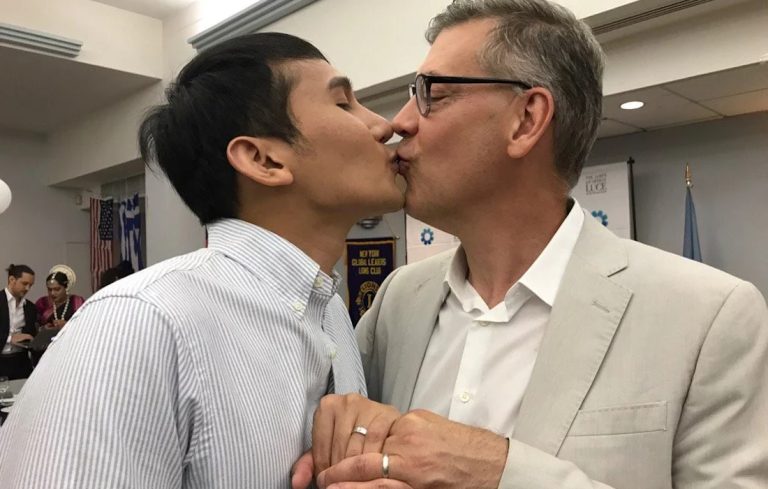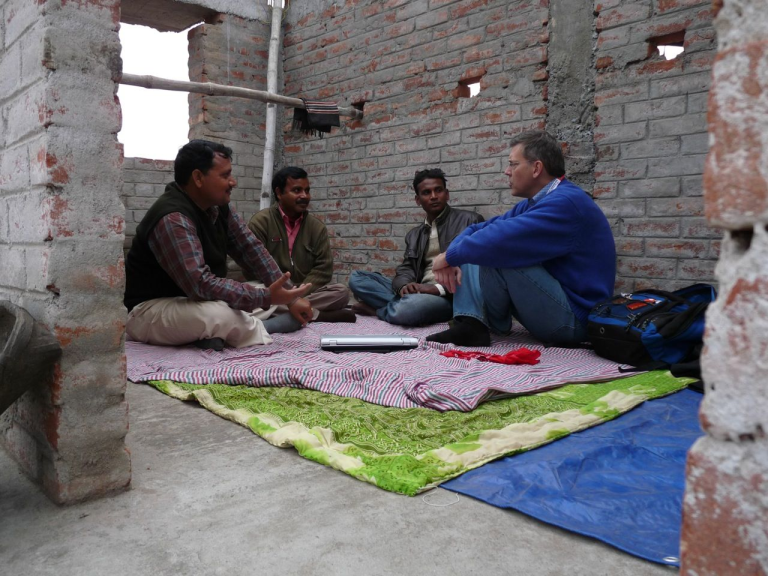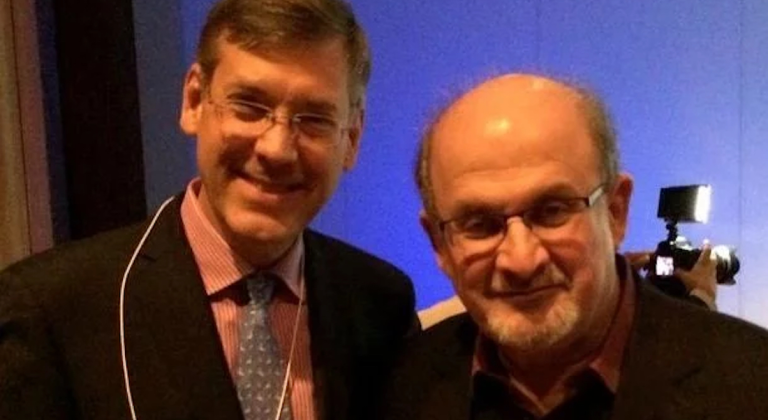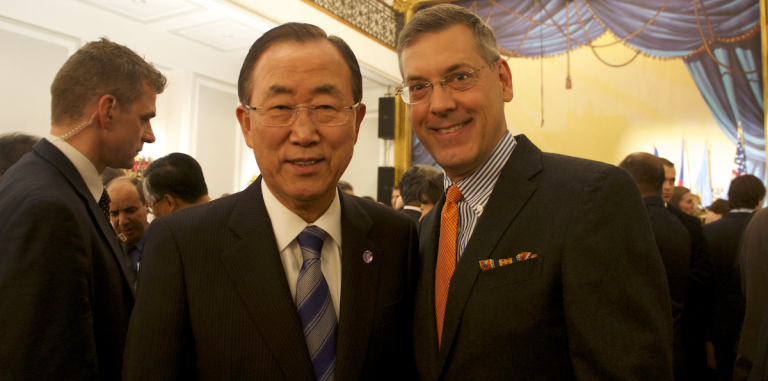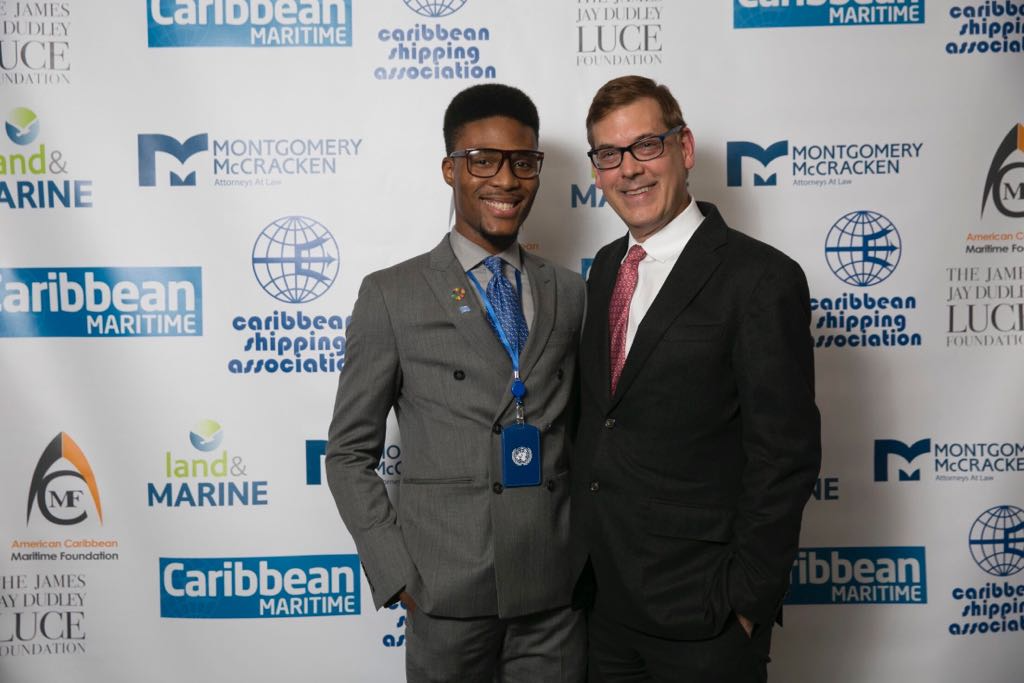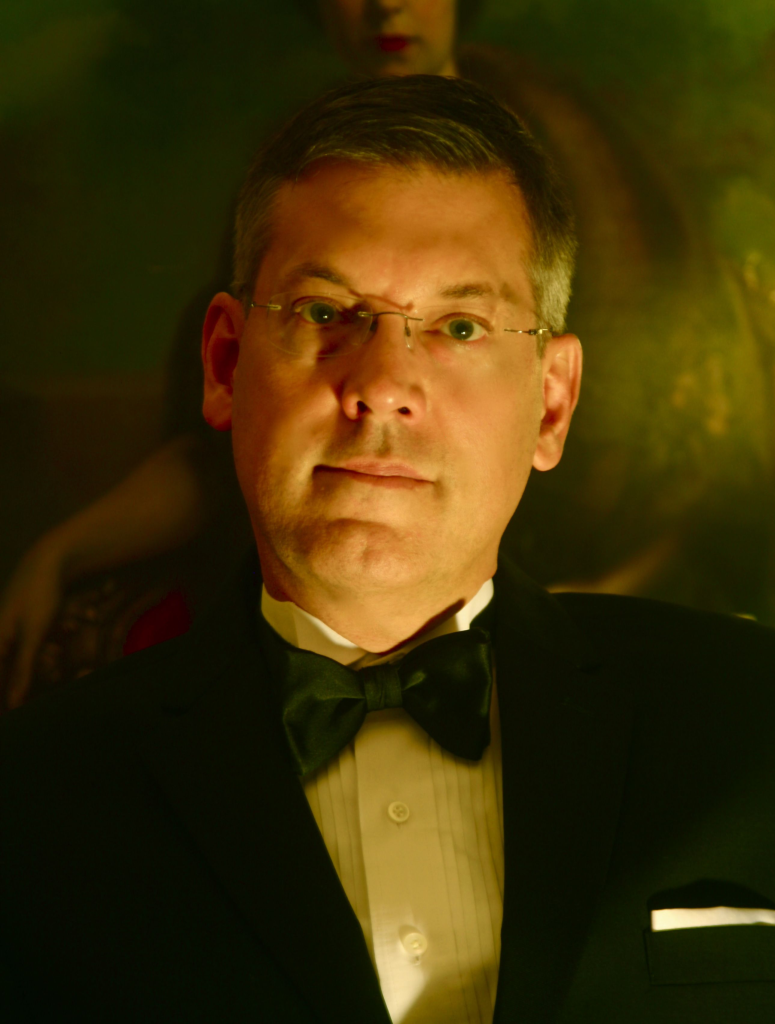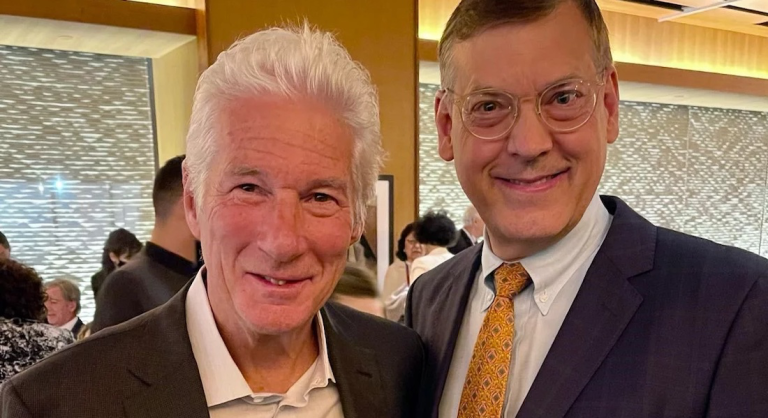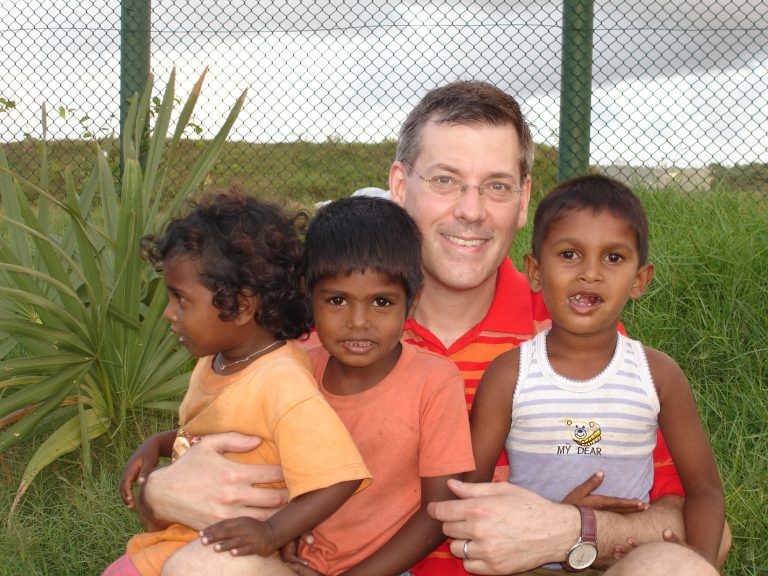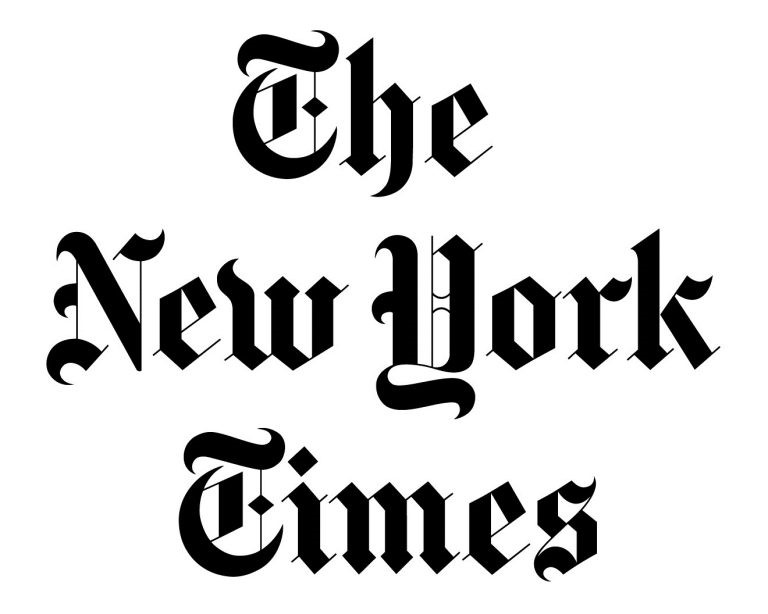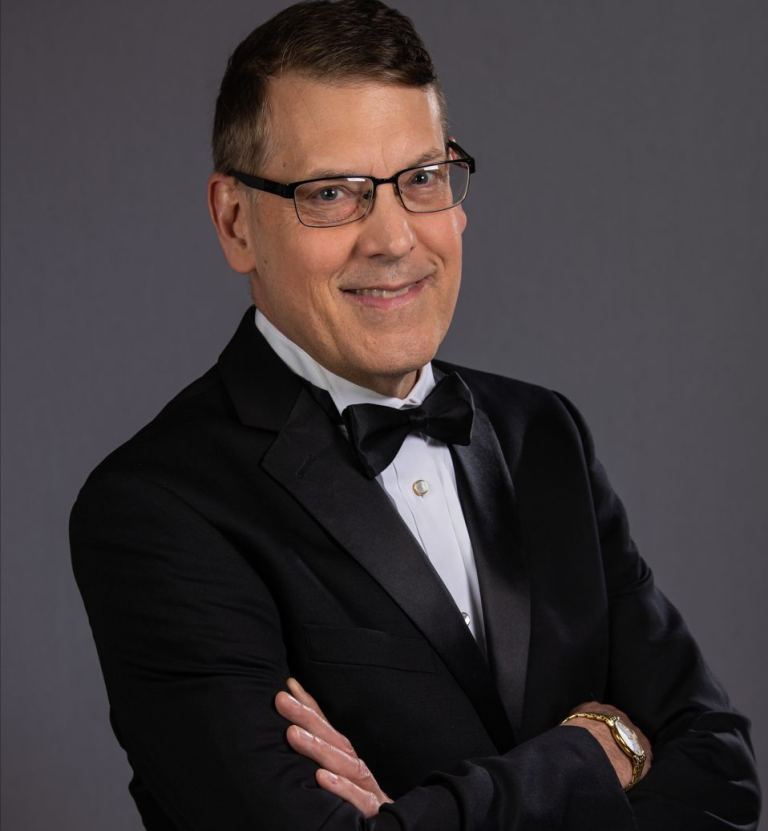With a background in East Asian Studies and firsthand experience from multiple visits to China, Jim Luce offers unique insights into the country’s culture, society, and global influence. His deep connection to the Chinese diaspora—shaped by living with partners from Indonesia, Malaysia, Singapore, Thailand, the Philippines, and the U.S.—enriches his perspective on their diverse experiences, challenges, and contributions worldwide. Through his writing, Jim bridges understanding between China and its far-reaching diaspora communities.

- 500 Years Before Christ, Lao-Tzu Founded Taoism (June 19, 2023) [draft]
- Celebrating Three Generations of Chinese-Americans in New York [draft]
- China Airs Historical Documentary Countering Western Xinjiang Narratives (Aug. 19, 2025)
- Chinese Exclusion Era: “The Caucasian Will Not Tolerate the Mongolian” (July10, 2025)
- Chinese Men’s Amazing Aquatic Triumph at Paris Olympics (Aug. 11, 2024)
- Chinese Students with Rep. Carolyn Maloney [draft]
- Exploring Chinese Acupuncture (June 19, 2023)
- Feeding the Spirits: Inside Indonesia’s Hungry Ghost Festival (June 2, 2024)
- From Gold Rush to Urban Renewal: Legacy of Boston’s Chinatown (June 24, 2023) (June 24, 2023)
- Hong Kong’s Jackie Chan: Martial Arts Legend and Philanthropist (June 17, 2021)
- Indian Minister Backs Dalai Lama’s Succession Plan, Against China (July 5, 2025)
- Kiddie Lit: A Christmas Choo-Choo from the Heart of China (Oct. 26, 2025)
- Meet Chinese Singer-Songwriter, TV Host and Philanthropist Roy Wang (June 16, 2020) [draft]
- Meeting with Chinese (June 23, 2020)
- “Sage of Calligraphy” from Shandong Province (June 20, 2010)
- Travel Bucket List: The Great Wall of China (June 26, 2021)
- Video: Jim Luce Interviews Chinese Students at CMU in Jamaica – Young Global Leaders (Jan. 13, 2019)
- Video: “This is Shanghai” by Rob Whitworth (June 20, 2012)
- What Kind of Young Man Joins the People’s Liberation Army? (June 28, 2025)
- Where Are We Now with Chinese-American Relations? (April 4, 2022)
Follow Jim Luce on Facebook, Instagram, LinkedIn, TikTok, and X (Twitter).
© 2024 The Stewardship Report on Connecting Goodness – Towards Global Citizenship is published by The James Jay Dudley Luce Foundation Supporting & Educating Young Global Leaders is affiliated with Orphans International Worldwide, Raising Global Citizens. If supporting youth is important to you, subscribe to J. Luce Foundation updates here.
Activism Advocacy American history Asia Authoritarianism Bangladesh Bihar Bix Luce Brooklyn Children China Civil Rights Climate change Cold War Culture Dalai Lama Democracy Deportation Diplomacy Diversity Donald Trump Education El Salvador Equality Europe European Union free speech Gaza Geopolitics Germany Global citizen Global citizenship Global Leadership Guyana Haiti Healthcare Higher education History Humanitarian aid Humanitarian Crisis Human rights Immigration Immigration Policy inclusion India Indonesia Innovation International Law International Relations Israel J. Luce Foundation James Jay Dudley Luce Foundation Japan Jim Luce Justice Kamala Harris Leadership LGBTQ LGBTQ+ LGBTQ+ rights LGBTQ Rights LOVE Mental health NATO Netflix New York New York City Orphans International Orphans International Worldwide Palestine Peace Philanthropy Philippines Politics Port-au-Prince progressive politics Public Health Resilience Roosevelt Island Russia Social justice social media Southeast Asia Sri Lanka Taiwan Technology Thailand Thought Leader Tibet Trump Trump administration U.S. Politics Ukraine UNICEF United Nations United States Vladimir Putin War Crimes World War II
